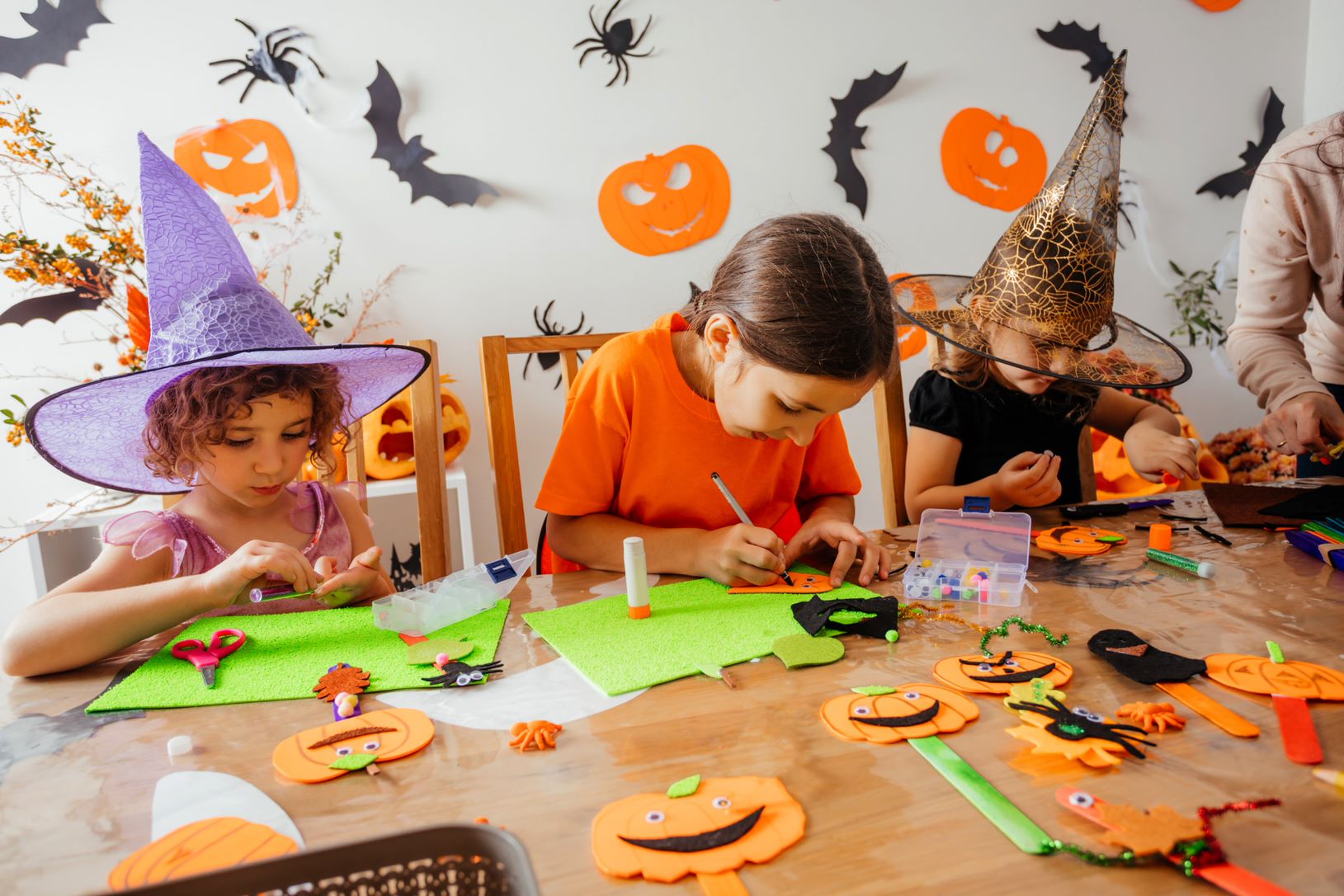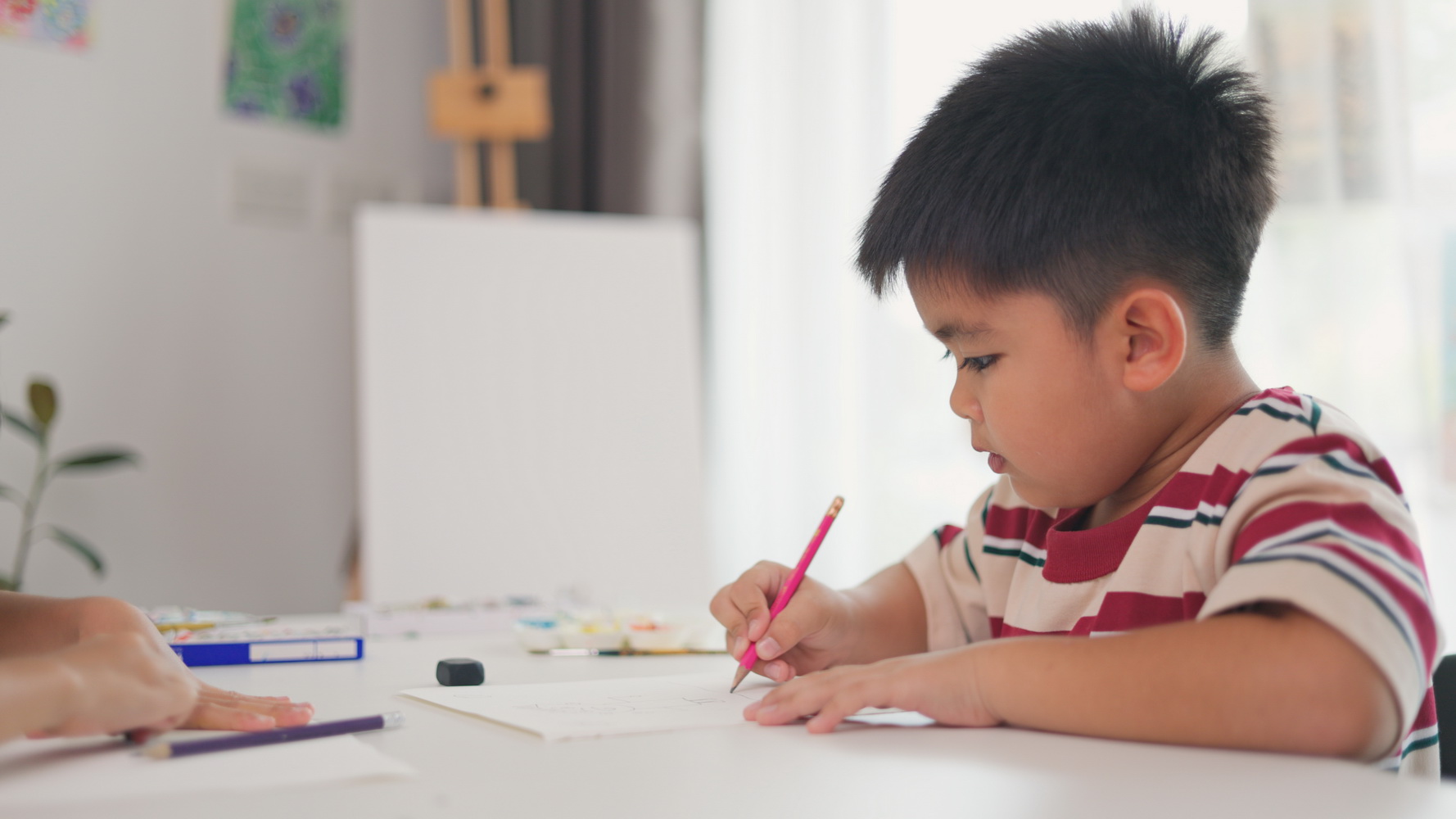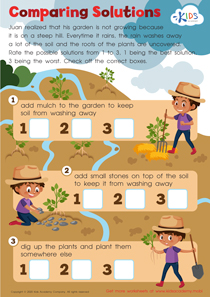Sorting Worksheets Activities With Answers for Ages 6-7
14 filtered results
-
From - To
Welcome to our Sorting Worksheets Activities designed specifically for ages 6-7! These engaging worksheets help young learners develop essential sorting and categorization skills through fun, hands-on activities. With various themes and colorful illustrations, children will enjoy grouping items by attributes like size, color, and shape. Each worksheet comes with comprehensive answer keys to facilitate easy assessment and ensure understanding. By encouraging critical thinking and logical reasoning, our sorting activities prepare your child for future academic success. Explore our collection now to enhance your child's learning experience while making sorting a delightful adventure! Perfect for home or classroom use!
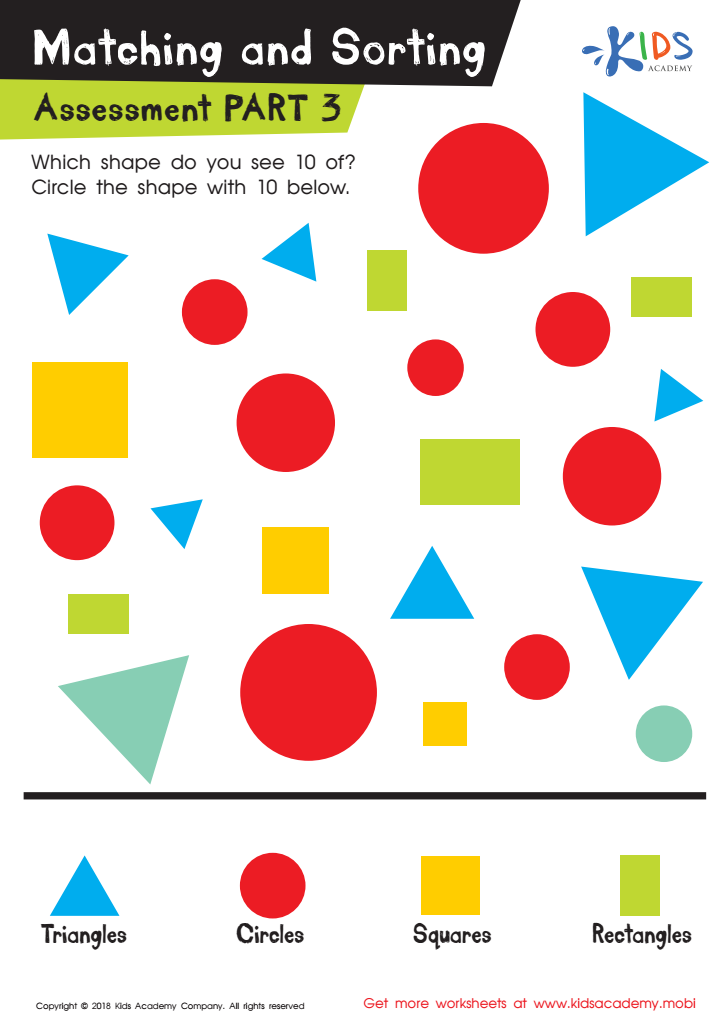

Matching and Sorting for Kindergarten: Assessment 3 Worksheet
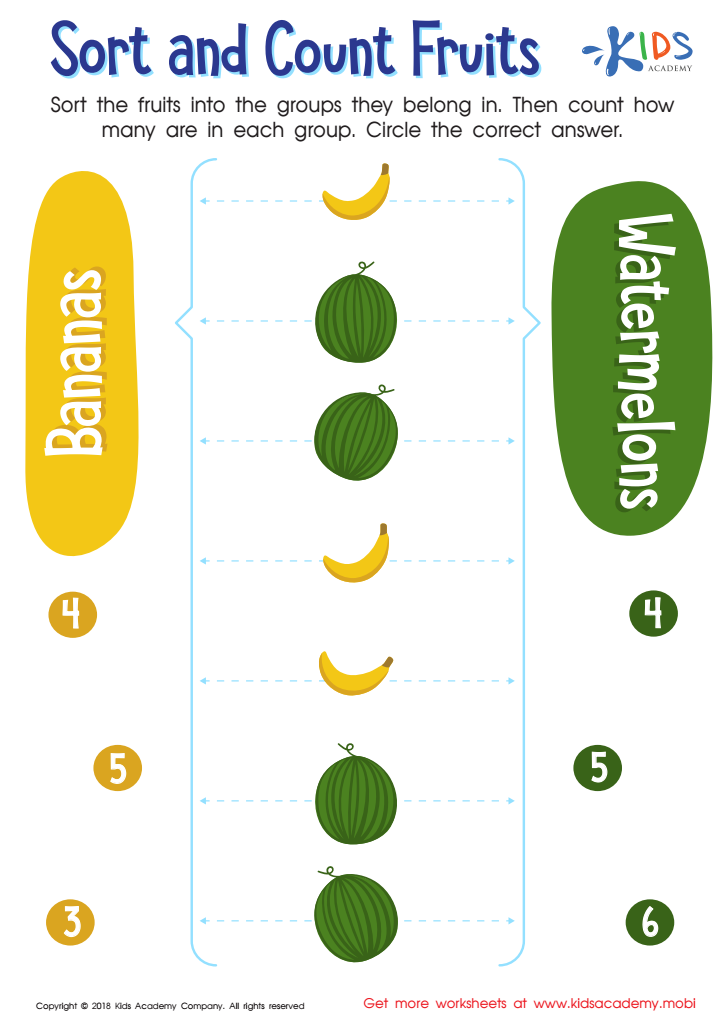

Sort and Count Fruits Worksheet
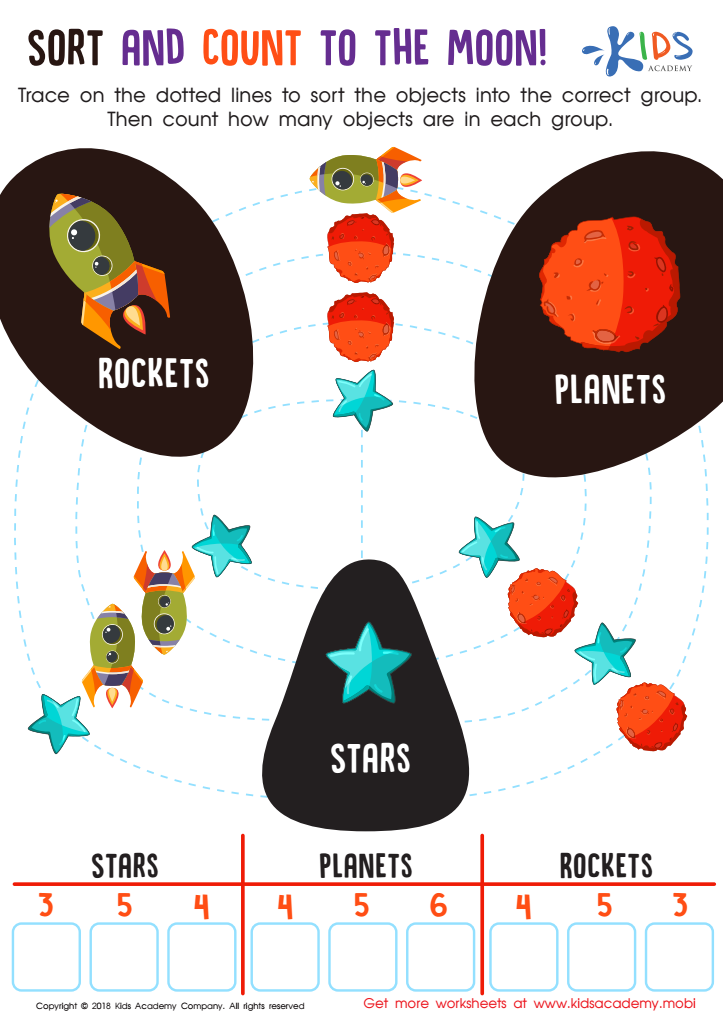

Sort and Count to the Moon Worksheet
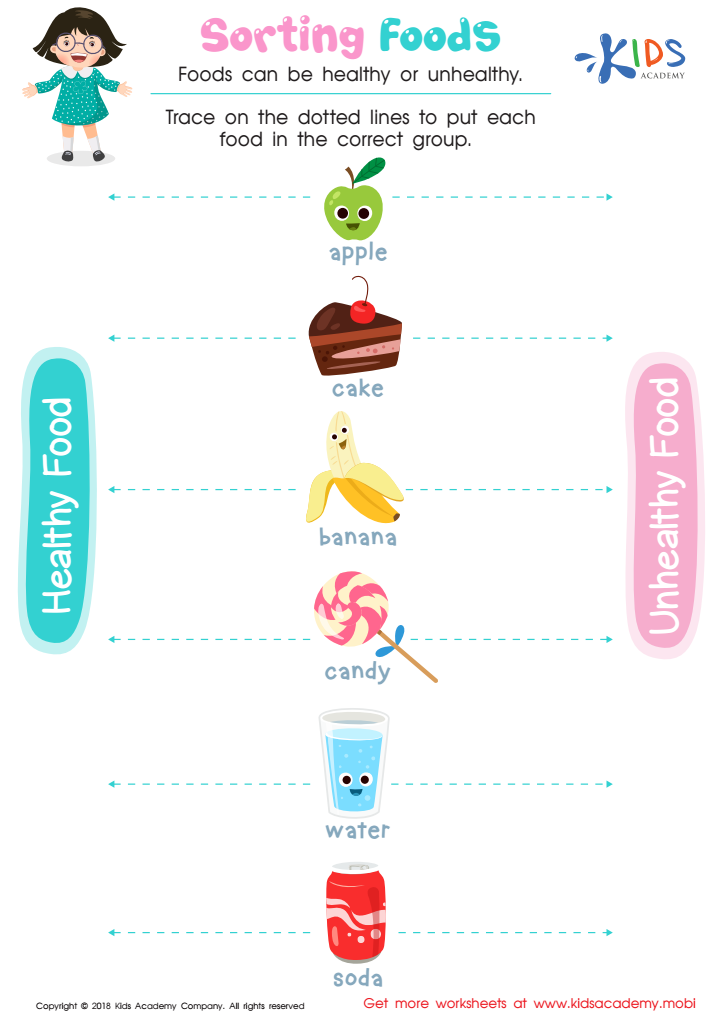

Sorting Food Worksheet


Sorting Animals in 3 Groups Worksheet
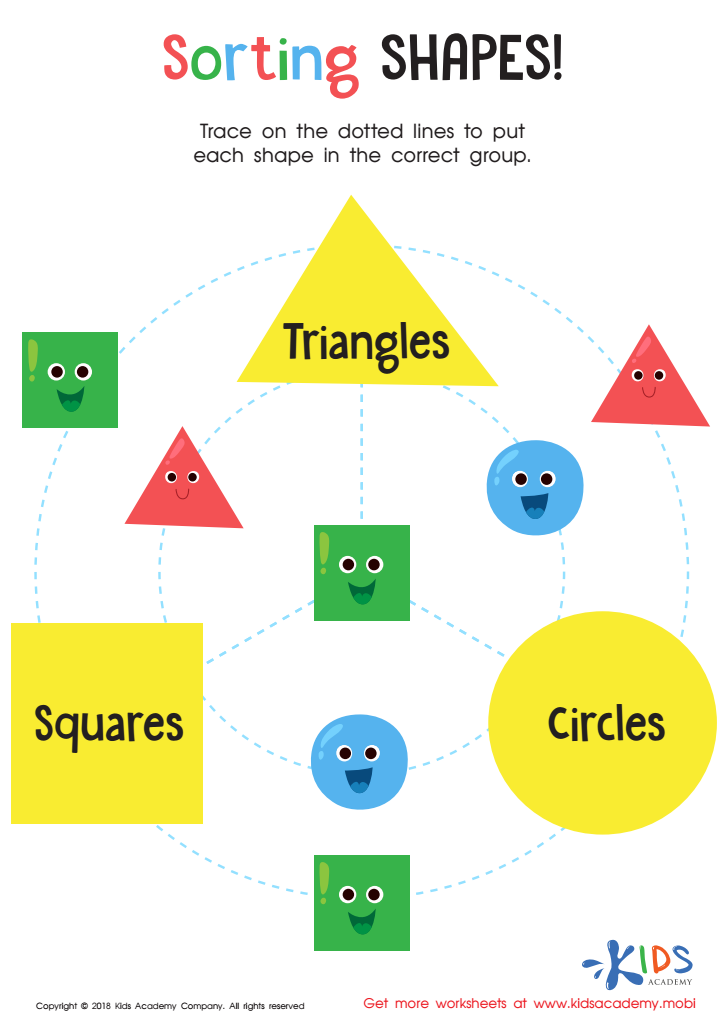

Sorting Shapes - Part 3 Worksheet
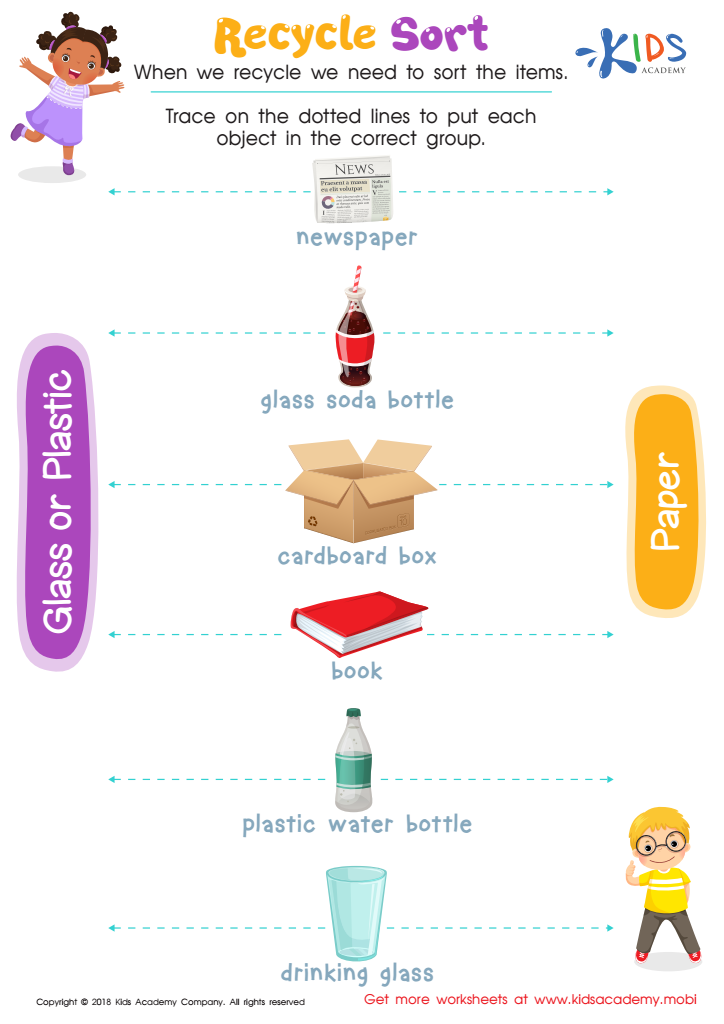

Recycle Sort Worksheet
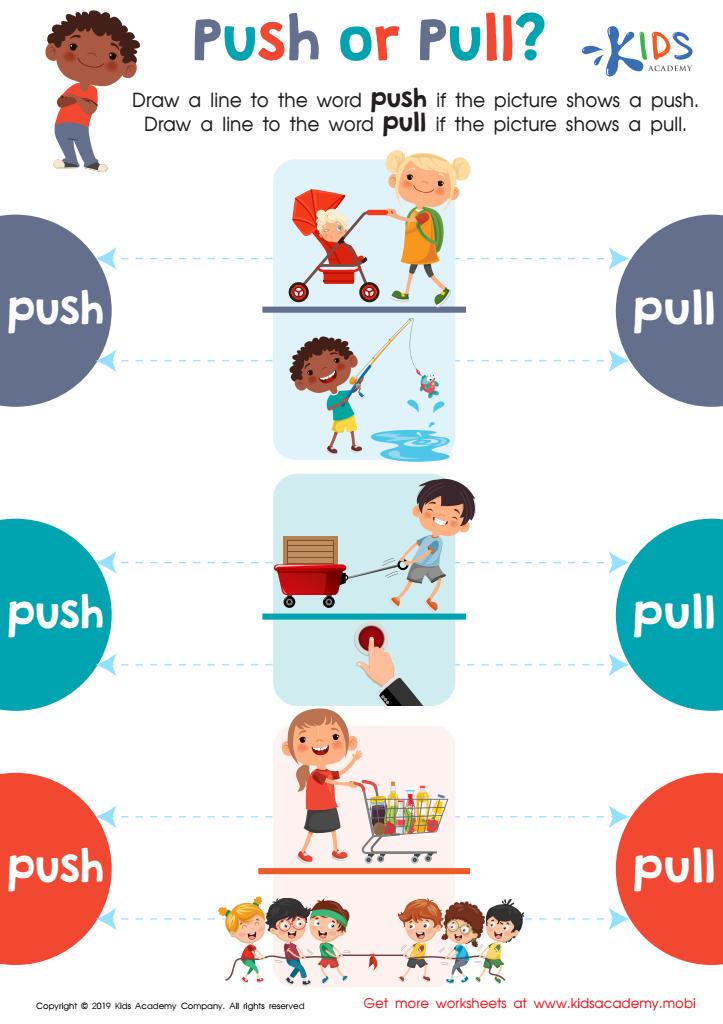

Push or Pull? Worksheet
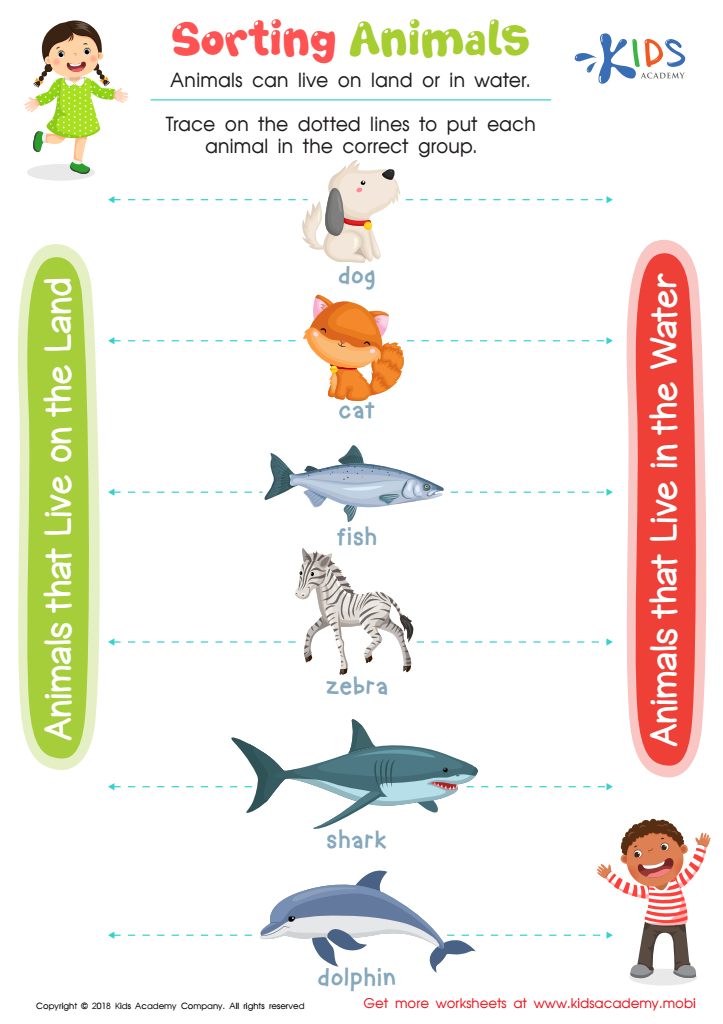

Sorting Animals Worksheet
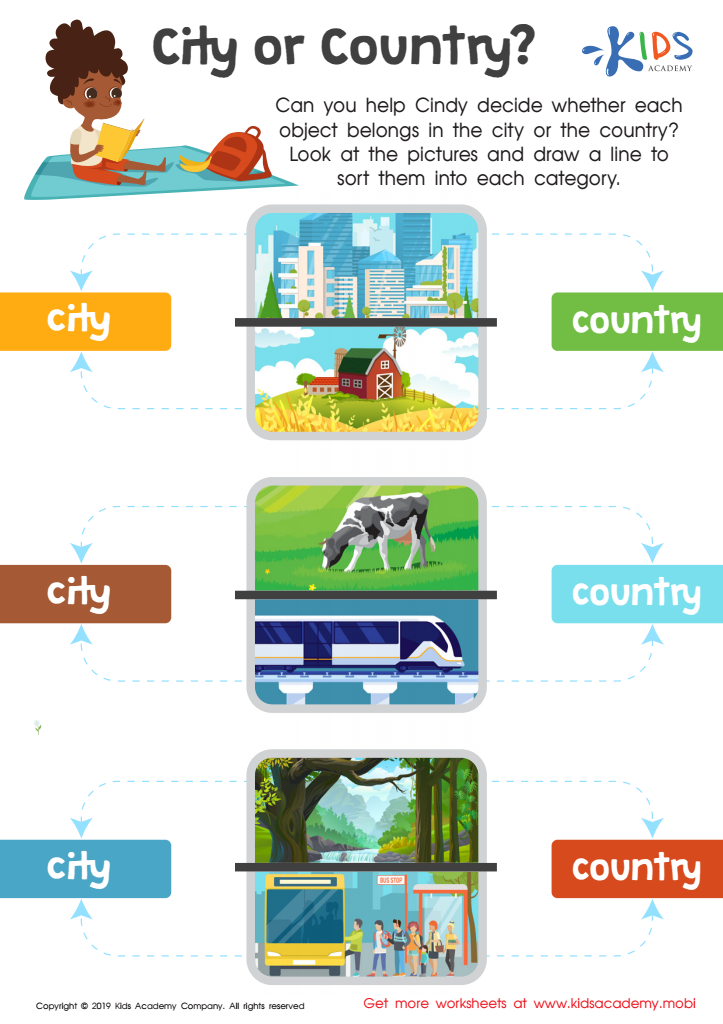

City or Country? Worksheet
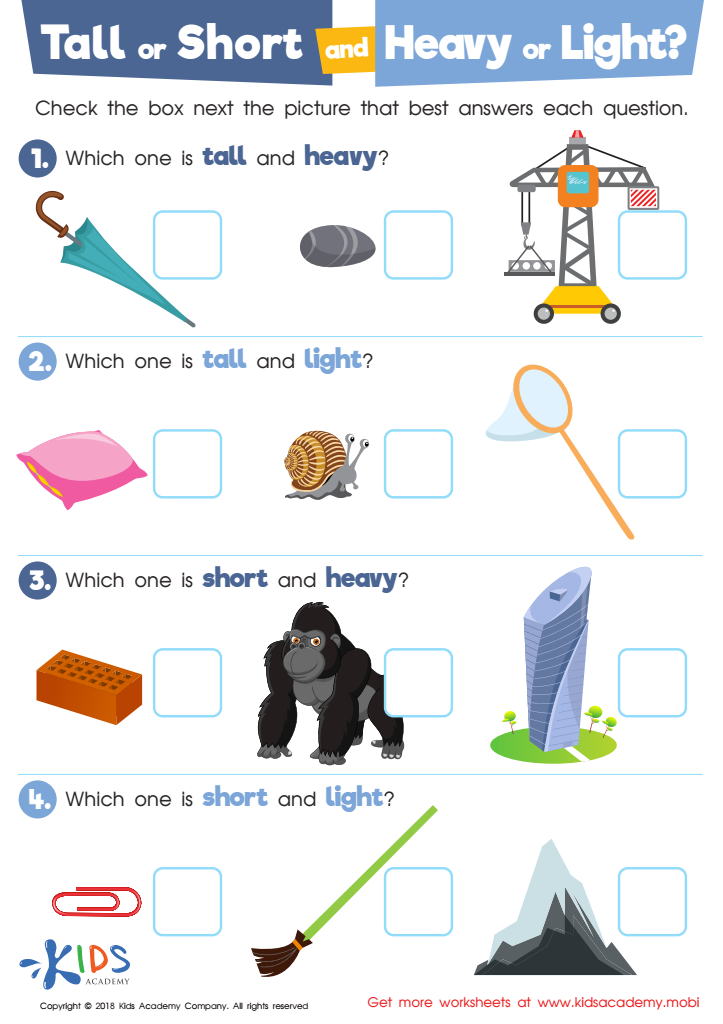

Tall or Short and Heavy or Light? Worksheet
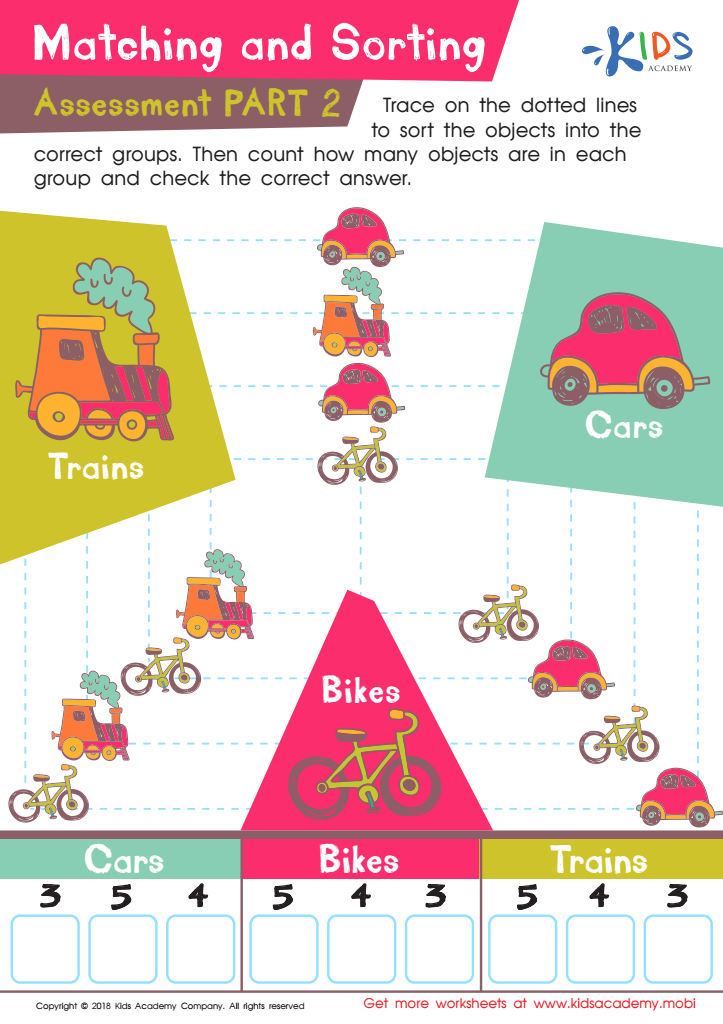

Matching and Sorting for Kindergarten: Assessment 2 Worksheet
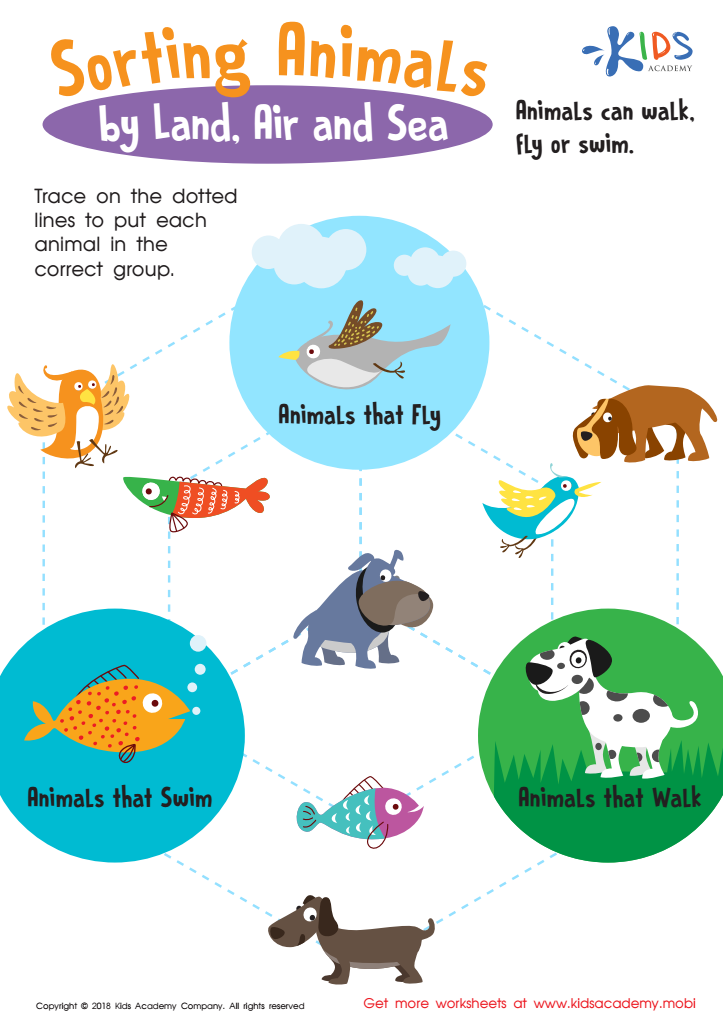

Sorting Animals by Land, Air and Sea Worksheet
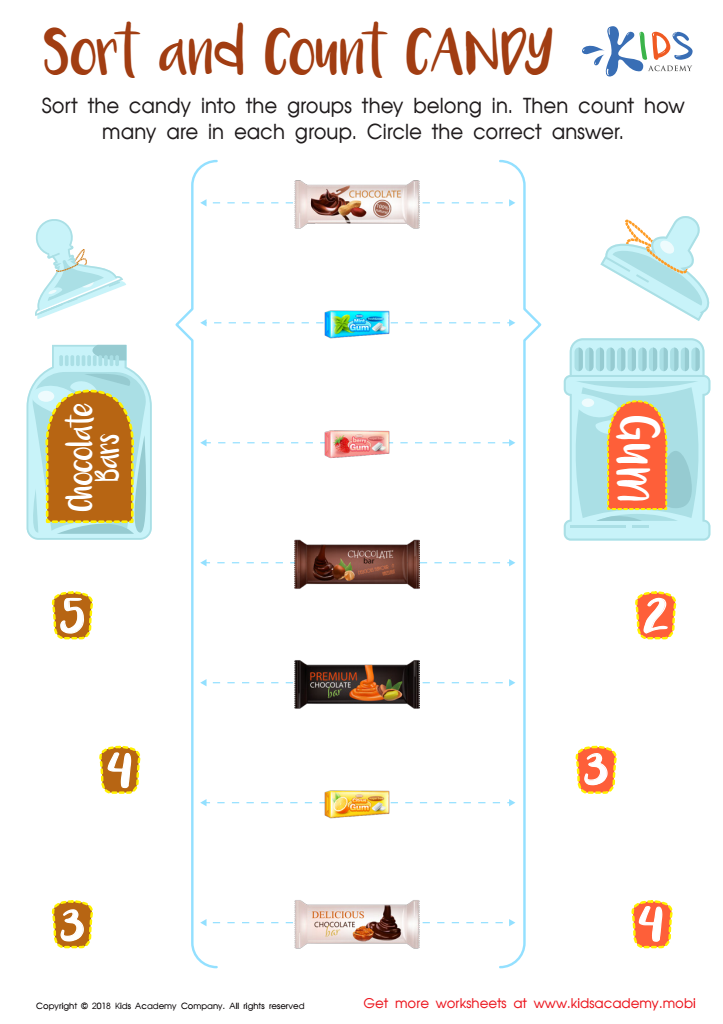

Sort and Count Candy Worksheet
Sorting activities are essential for children aged 6-7 as they promote critical thinking, organization, and classification skills. At this age, children are increasingly capable of understanding and applying concepts related to categorization. Engaging in sorting activities helps them make sense of the world around them by identifying similarities and differences among objects, ideas, or patterns.
Teachers and parents should recognize the importance of these activities for several reasons. Firstly, they enhance cognitive development; children learn to group items based on attributes such as color, size, or function, paving the way for higher-order thinking skills. Secondly, sorting activities foster fine motor skills as children manipulate objects, improving hand-eye coordination.
Moreover, these activities serve as a foundation for mathematical concepts like grouping and pattern recognition, which are vital for problem-solving. They also encourage essential social skills through collaborative sorting exercises, teaching children to communicate and cooperate with peers.
Importantly, providing clear answers and guidance allows for immediate corrective feedback, reinforcing learning. In summary, sorting activities support multifaceted growth in young learners and help build the necessary skills for academic success, social interaction, and independent thinking. Engaging in these activities sets the stage for lifelong learning and exploration.

 Assign to My Students
Assign to My Students




